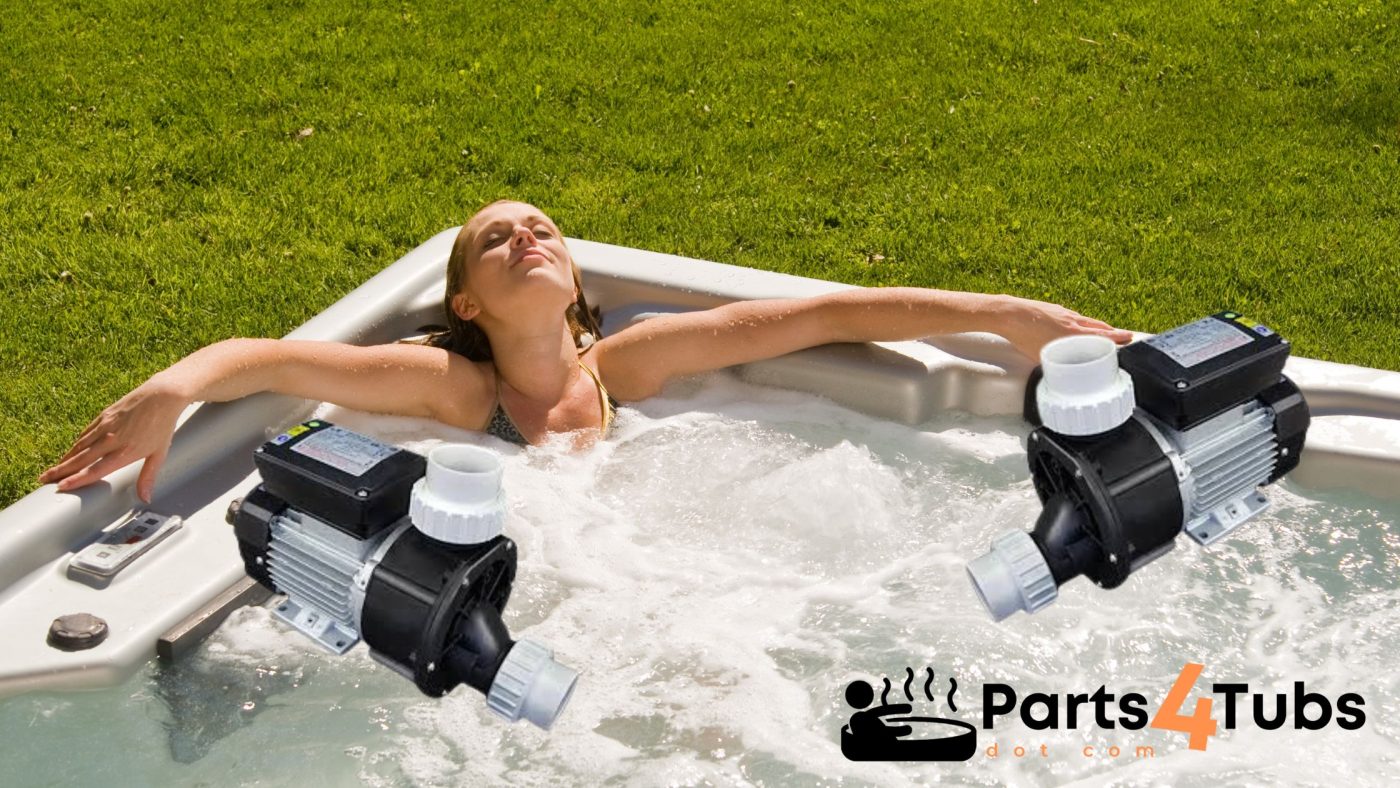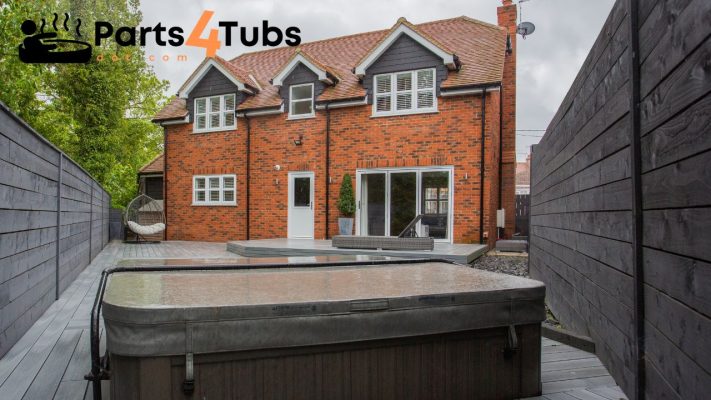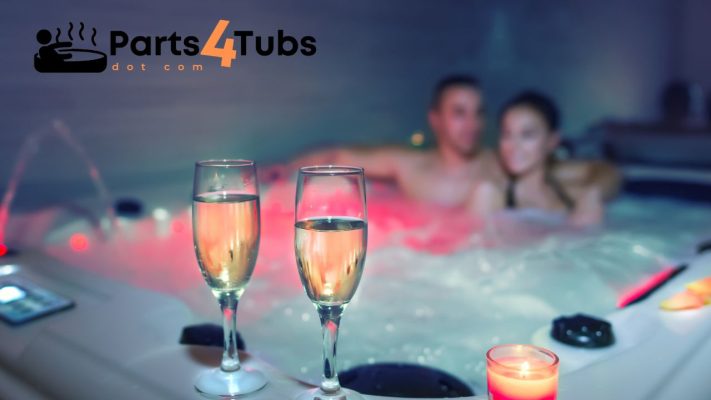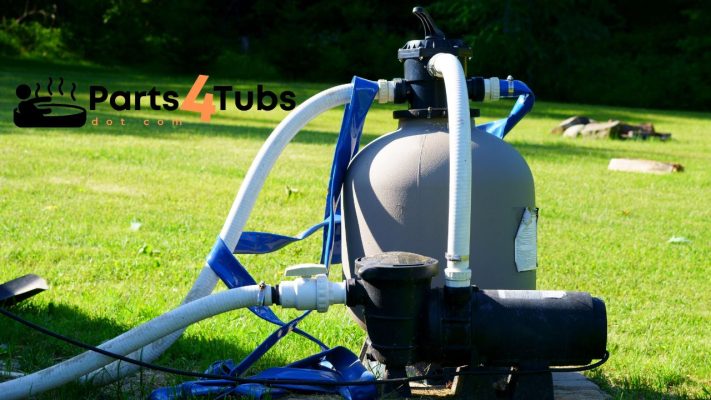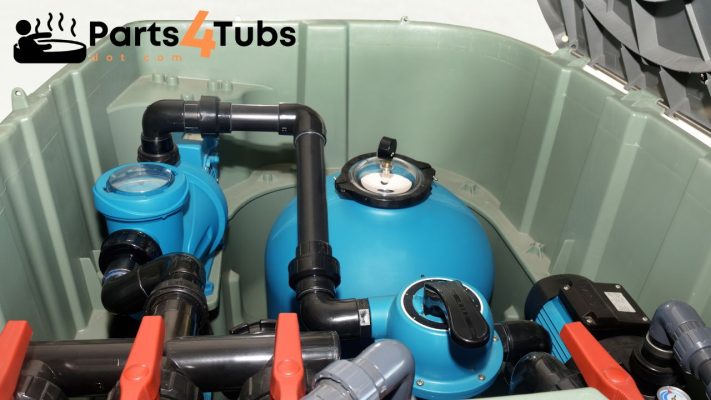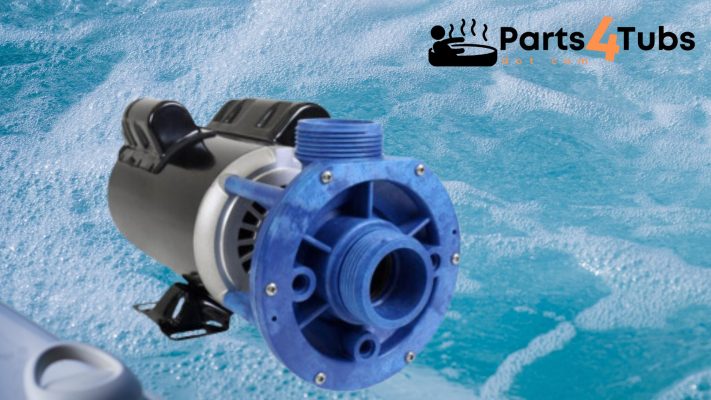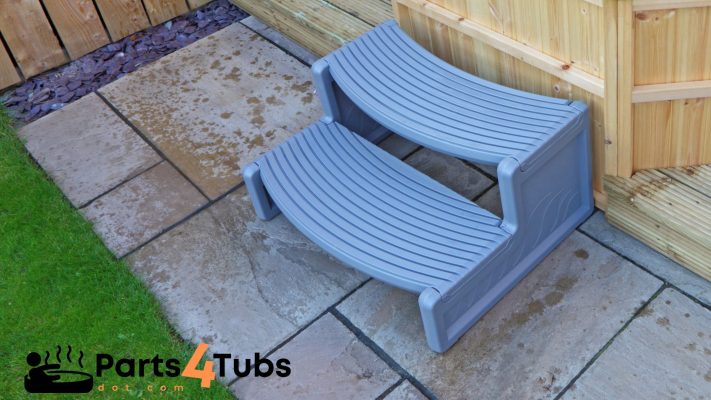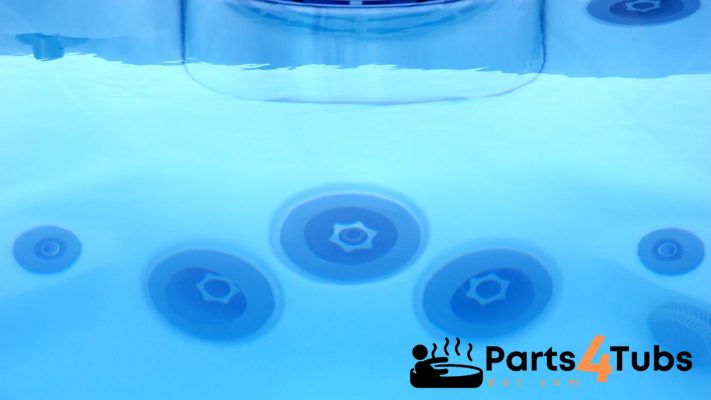Hot Tub Parts Related
Hot Tub Circulation Pumps: The Ultimate Guide
Hot Tub Circulation Pumps; what are they all about? As a hot tub design consultant at buildahottub.com, I understand the critical role that circulation pumps play in ensuring the optimal performance and longevity of a hot tub.
In this comprehensive guide, we will explore everything you need to know about hot tub circulation pumps, including their function, benefits, types, installation, maintenance, troubleshooting, and upgrading options.
Understanding Hot Tub Circulation Pumps:
Hot tub circulation pumps are the unsung heroes of a well-functioning spa. They are responsible for circulating the water, facilitating filtration, and ensuring proper heat distribution. By maintaining a consistent flow of water, within the guidelines from the manufacturer in terms of turn over time, circulation pumps help keep the water clean, balanced, and ready for a relaxing soak.
Benefits of Hot Tub Circulation Pumps:
Circulation pumps offer several key benefits that contribute to the overall performance and enjoyment of your hot tub. Firstly, they provide water filtration working in conjunction with the filter, removing debris and contaminants to keep the water clean and clear. Additionally, circulation pumps promote even heat distribution, ensuring that every corner of your hot tub maintains a consistent temperature. Lastly, they are energy-efficient, allowing for cost savings in the long run.
By utilizing a circulation pump during the non-jet operation periods, you can maintain proper water circulation and filtration while conserving energy. These pumps are engineered to run at lower speeds, ensuring a consistent flow of water through the filter and heater. The lower current draw of circulation pumps not only reduces energy costs but also puts less strain on the electrical system of your hot tub.
Additionally, the energy efficiency of circulation pumps contributes to the overall sustainability of your hot tub. By consuming less electricity, you can minimize your environmental footprint while still enjoying the benefits of a clean and well-maintained hot tub.
It’s important to note that while circulation pumps excel at energy efficiency during the heating and filtering periods, they do not provide the same powerful jet action as dedicated jet pumps.
However, their primary purpose is to maintain water circulation and facilitate filtration, ensuring a clean and inviting hot tub experience.
When considering the operating costs and overall efficiency of your hot tub, integrating a circulation pump into your system can lead to substantial energy savings over time. This energy-conscious approach aligns with both your economic interests and environmental responsibilities.
Connection Size and Frame Size of Hot Tub Circulation Pumps:
Hot tub circulation pumps commonly feature a connection size of 1.5 inches, which refers to the diameter of the plumbing connections used to attach the pump to the hot tub’s plumbing system. This standard connection size ensures compatibility and easy integration with most hot tub setups. The 1.5-inch connection size facilitates efficient water flow and allows for proper circulation throughout the spa.
In addition to the connection size, circulation pumps are often classified based on their frame size. The frame size of a pump refers to the physical dimensions between the bolting holes on the base. The two most common frame sizes found in hot tub circulation pumps are 48 and 56 frames with 48 being slightly more popular for the smaller circulation pump.
Understanding the connection size and frame size of circulation pumps enables you to make informed decisions when it comes to maintenance, repairs, or replacements. If you’re uncertain about the appropriate pump specifications for your hot tub, consulting the manufacturer’s guidelines or get in touch and I will see how I can help.
Installation and Maintenance of Hot Tub Circulation Pumps:
Proper installation and regular maintenance are crucial for the optimal performance of your hot tub circulation pump. Ensure the pump is correctly placed and positioned in the plumbing system. Adhere to electrical requirements and safety guidelines to prevent any hazards. Routine maintenance, such as cleaning the filter, inspecting connections, and lubricating moving parts, will help prolong the lifespan of your pump and maintain its efficiency.
Troubleshooting Common Circulation Pump Issues:
Occasionally, you may encounter issues with your hot tub circulation pump. Low water flow or pressure, unusual noises or vibrations, and failure to turn on or off are common problems.
In such cases, troubleshooting steps such as checking for blockages, inspecting the impeller, or verifying electrical connections can help identify and resolve the issue.
When your hot tub circulation pump emits a humming sound and fails to turn on, one common culprit is faulty capacitors. Capacitors are electronic components within the pump that store and release electrical energy to help initiate motor rotation. In particular, the startup capacitor plays a crucial role in providing the necessary initial boost of power to start the pump.
If your circulation pump is experiencing this issue, it is likely that the startup capacitor has become defective or worn out over time. Capacitors can degrade due to factors such as age, excessive heat, or power surges, leading to their failure. The startup capacitor is typically larger in size compared to other capacitors within the pump.
To resolve the problem, it is recommended to replace the faulty capacitors with suitable replacements that match the original specifications. It is crucial to replace them like for like, ensuring the correct voltage and capacitance ratings.
Here are the steps to replace the capacitors in your hot tub circulation pump:
- Ensure safety: Before starting any maintenance work, ensure that the power supply to the hot tub is turned off, and the circuit breaker is switched off to prevent electrical accidents.
- Identify the capacitors: Locate the capacitors within the pump’s motor housing. They are typically cylindrical in shape and may have wires connected to them.
- Note the specifications: Take note of the ratings on the capacitors, including the voltage and capacitance values. This information will be required when purchasing the replacement capacitors.
- Purchase suitable replacements: You can search parts4tubs.com to find what you need. Ensure that they match the specifications of the original capacitors.
- Replace the capacitors: Carefully remove the old capacitors from their connections, taking note of the wiring configuration. Install the new capacitors in their place, making sure to connect the wires correctly as per the original arrangement.
- Test the pump: Once the new capacitors are securely installed, restore power to the hot tub and test the circulation pump. It should now start up without any humming sound and operate smoothly.
If you are unsure about the specific capacitor replacement process or require further assistance, get in touch.
Upgrading or Replacing Circulation Pumps:
Over time, you may consider upgrading or replacing your hot tub circulation pump to improve performance or address any issues. Signs that it’s time for an upgrade include persistent pump problems, outdated technology, noisy pumps or pumps that squeal are on their way out too. When choosing a new pump, consider factors like flow rate, energy consumption, compatibility, and warranty.
Conclusion:
Hot tub circulation pumps are essential components that keep your spa running smoothly and maintain the water quality. Understanding their function, benefits, installation, maintenance, troubleshooting, and upgrading options is crucial for a hassle-free hot tub experience. By following the guidelines and tips outlined in this guide, you can ensure optimal performance, longevity, and enjoyment of your hot tub. Visit parts4tubs.com to explore a wide range of circulation pumps and other hot tub parts for all your spa needs.
Can I Help You?
If I can help you in any way I would love to hear from you. You can get in touch using the form below.
Thanks - Andi

